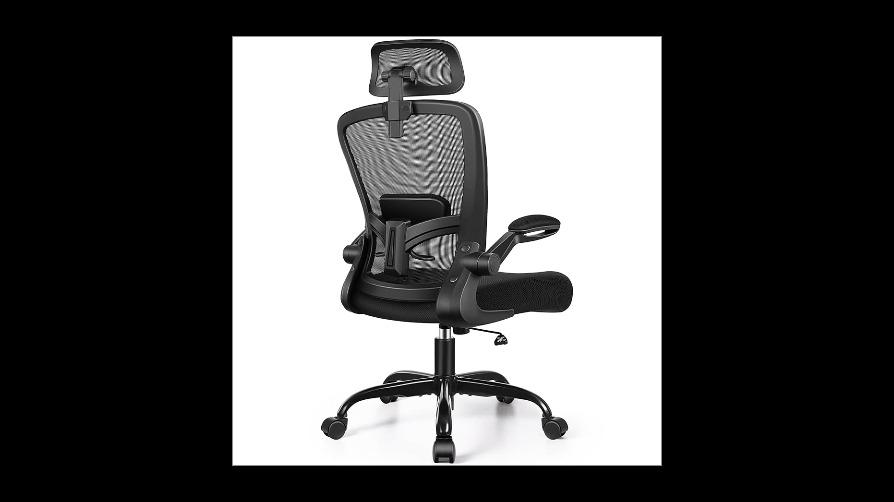
Solar Basics: How Do Solar Panels Work? Solar energy works by capturing the sun’s energy and quietly and effectively turning it into electricity for your home or business. Our sun is a natural nuclear reactor. It releases tiny packets of energy called photons, which travel the 149.6 million kilometers from the sun to Earth in about 8.5 minutes. Every hour, enough photons impact our planet to generate enough solar energy to theoretically satisfy global energy needs for an entire year. Solar doesn’t generate electricity all the time, but it does generate electricity when it is needed most. This includes during the daytime and during hot, sunny periods when demand for electricity is at its highest. Australia is one of the sunniest countries in the world and is the perfect place for the sun to be put to work, especially during these peak times. How Do Solar Panels Work? When photons hit a solar cell, they knock electrons loose from their atoms. If conductors are attached to the positive and negative sides of a cell, it forms an electrical circuit. When electrons flow through such a circuit, they generate electricity. Multiple cells make up a solar panel, and multiple panels (modules) can be wired together to form a solar array. The more panels you can deploy, the more energy you can expect to generate. What are solar panels made of? https://www.youtube.com/watch?v=3cWMKvfu_yE Video Credit: Endeavour Silver Corp Photovoltaic (PV) solar panels are made up of many solar cells in various types of glass packaging. Solar cells are made of silicon, like semiconductors. They are constructed with a positive layer and a negative layer, which together create an electric field, just like in a battery. SunPower solar panels are also encased with aerospace-grade conductive adhesives and proprietary encapsulants to protect these cells and minimize degradation from environmental exposure. How Do Solar Panels Generate Electricity? PV solar panels generate direct current (DC) electricity. With DC electricity, electrons flow in one direction around a circuit. This example shows a battery powering a light bulb. The electrons move from the negative side of the battery, through the lamp, and return to the positive side of the battery. With AC (alternating current) electricity, electrons are pushed and pulled, periodically reversing direction, much like the cylinder of a car’s engine. Generators create AC electricity when a coil of wire is spun next to a magnet. Many different energy sources can “turn the handle” of this generator, such as gas or diesel fuel, hydroelectricity, nuclear, coal, wind, or solar. AC electricity is used for the India electrical power grids that operate throughout the country and power thousands of homes. However, solar panels create DC electricity. How do we get DC electricity into the AC grid? We use an inverter. https://sunpowerglobal.com/int/sites/default/files/inline-images/how-do-solar-panels-work.jpg What Does a Solar Inverter Do? A solar inverter takes the DC electricity from the solar array and uses that to create AC electricity. Inverters are like the brains of the system. Along with inverting DC to AC power, they also provide ground fault protection and system stats, including voltage and current on AC and DC circuits, energy production, and maximum power point tracking. https://www.youtube.com/watch?v=J_WE3snTMSs Video credit: Luminous India Central inverters have dominated the solar industry since the beginning. The introduction of micro-inverters is one of the biggest technology shifts in the PV industry. Micro-inverters optimise for each individual solar panel, not for an entire solar system, as central inverters do. This enables every solar panel to perform at maximum potential. When a central inverter is used, having a problem on one solar panel (maybe it’s in the shade or has gotten dirty) can drag down the performance of the entire solar array. Another option to consider is using micro-inverters on each of the panels. If one solar panel has an issue, the rest of the solar array still performs efficiently.
Keywords
85 minutes
generate electricity
battery powering
electrical circuit
positive side
positive layer
dc electricity
solar cells
solar cell
performs efficiently
maximum potential
central inverters
system stats
inverting dc
power thousands
energy sources
negative side
light bulb
environmental exposure
minimize degradation
proprietary encapsulants
electric field
negative layer
negative sides
peak times
perfect place
sunniest countries
highest australia
1496 million kilometers
effectively turning
suns energy
central inverter
inverter httpssunpowerglobalcomintsitesdefaultfilesinlineimageshowdosolarpanelsworkjpg
ac power
ac grid
electrons move
electrons flow
photons hit
photons impact
solar industry
solar energy
solar basics
solar panel
solar inverter
solar array
solar panels made
solar ac electricity
solar panels work
energy called photons
entire solar system
individual solar panel
entire solar array
solar inverter takes
multiple panels modules
knock electrons loose
biggest technology shifts
aerospacegrade conductive adhesives
hot sunny periods
releases tiny packets
natural nuclear reactor





